Patterns of Success: Scaling Lessons from Seed to Expansion and Exit
You’re not the only one figuring it out as you go. Every founder is running the same experiment in different conditions, juggling half-built products, half-formed teams, and half-slept nights. The good news? Others have been there, and their battle scars make for some excellent maps.
Through interviews with some of Speedinvest’s most experienced and knowledgeable founders, Scaling at Speed has identified some of the key markers for building successful companies.
Across sectors, and despite product differences, many founder traits are echoed in all growing startups. In conversations with battery recycling startup Cylib, productivity and screentime innovator Opal, online coaching company CoachHub, workplace reproductive health insurance provider Fertifa, expense and spend management player Yokoy, and travel and tour, and adventure marketplace TourRadar, founders face similar challenges in getting from ideation to execution.
From hiring to strategic focus, here are the four most common challenges for founders to prioritize.
Product-Market Fit Is a Process, Not a Moment
Unsurprisingly, one of the main drivers of early traction for any business is finding out if there is a market for your product or service. Ideas are great, but if nobody wants them, then things can become tricky.
Take Opal - the company spent time and money working to discover that its initial expectation that Gen Z mental health would be a driver for screentime reduction, productivity-focused professionals actually kicked off the process.
Similarly, Yokoy had faith that a market existed for their spend management solutions, but spent time both researching and iterating its product in the early stages, and in doing so, found a niche, an underserved area. By targeting the mid-market, they unlocked an entire category of businesses that weren’t on the radar of large existing companies or given serious attention by the many other startups in the spend and expense management space, giving them an edge.
As our General Partner, Markus Lang, puts it, “A crowded market usually means there is real demand. The trick is to cut in at a point competitors overlook, then own that niche so completely it becomes the launchpad for expansion.”
The company went on to be acquired by TravelPerk earlier this year.
For Coachhub, even building a product at all was part of the process of establishing that coaching had huge potential as a sector.
As Matti Niebelschütz, Coachhub’s cofounder, puts it:
“We didn’t have a perfect product in the beginning, and that was okay. We built the MVP quickly, even though it was far from finished. The idea was to get something into the market and see how people reacted. We knew we wouldn’t get it right the first time, but we didn’t want to wait months or years before learning what our customers really needed.”
Fertifa’s path to product-market fit came with an added layer of complexity: tackling fertility and reproductive health — a still-taboo subject in many workplaces. Adapting their product and messaging to the HR teams they sold to, while staying trusted by employees, was a balancing act they refined over time.
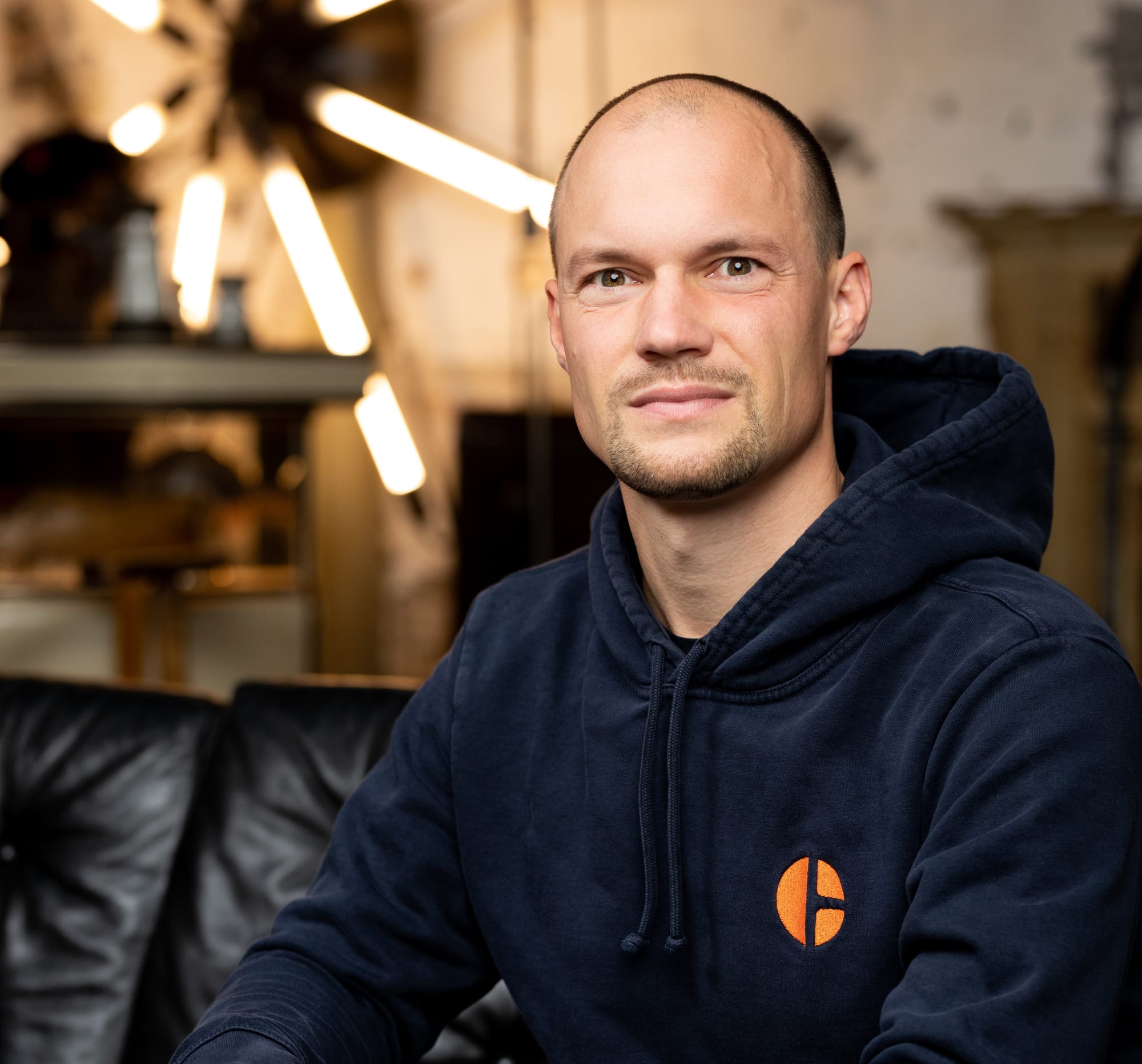
Hiring Early Teams with Intentionality
The first ten hires can set the trajectory of a company for years to come. Several founders stressed that these early roles are about more than skillsets; they’re about alignment on mission, values, and stamina for the journey ahead.
At Cylib, a deep tech startup tackling battery recycling, the founding team deliberately combined academic expertise with startup grit and industrial know-how. That mix allowed them to build credibility with customers while staying agile enough to pivot in their first year.
CoachHub’s cofounders credit much of their early momentum to the fact that they had complementary skills from day one, a shared vision for digital coaching, but different strengths in product, sales, and operations. That diversity helped them avoid common blind spots.
For Opal, mission-first hiring meant recruiting directly from their earliest TestFlight user group, people who had already bought into the problem they were solving.
TourRadar’s Travis Pittman admitted they didn’t always get it right. They scaled their team rapidly, learned the hard way that cultural fit matters as much as capability, and later refined their hiring playbook to prioritise adaptability over pure experience.
For Fertifa’s Eileen Burbidge, an experienced operator and investor, the intentionality of early hiring is crucial. “In the earliest days, I think homogeneous teams often move faster,” she said. “Cofounders and early hires who can finish each other’s sentences and who assume the same things, it speeds everything up. But that doesn’t scale.”
“At some point, the best companies are built by diverse teams. It takes longer, but the outcomes are stronger and more relevant to a broader customer base.”
Focus and Discipline as Strategic Leverage
In the early days, speed doesn’t come from doing more. It comes from stripping away everything that isn’t moving the needle, using these initial moments to create a lasting idea of what’s to come. Founders often resist this, but focus compounds faster than activity.
Opal kept their initial launch restricted to the US and ran weekly A/B test cycles to refine features. They turned down expansion opportunities to maintain momentum in their core market.
Cylib said no to early PR opportunities and award circuits, a deliberate choice to prioritise industrial partnerships and technology milestones over visibility.
“Instead, we prioritize the activities that will really move the needle for the company, like industry engagement and building relationships that matter,” Cylib’s Dr. Lilian Schwich told us.
Yokoy ignored vanity metrics like raw user growth and instead doubled down on automation and quality, knowing these would determine their ability to scale profitably.
CoachHub resisted the temptation to chase quick revenue wins that didn’t align with their model, instead investing in their platform and operational backbone to sustain long-term growth.
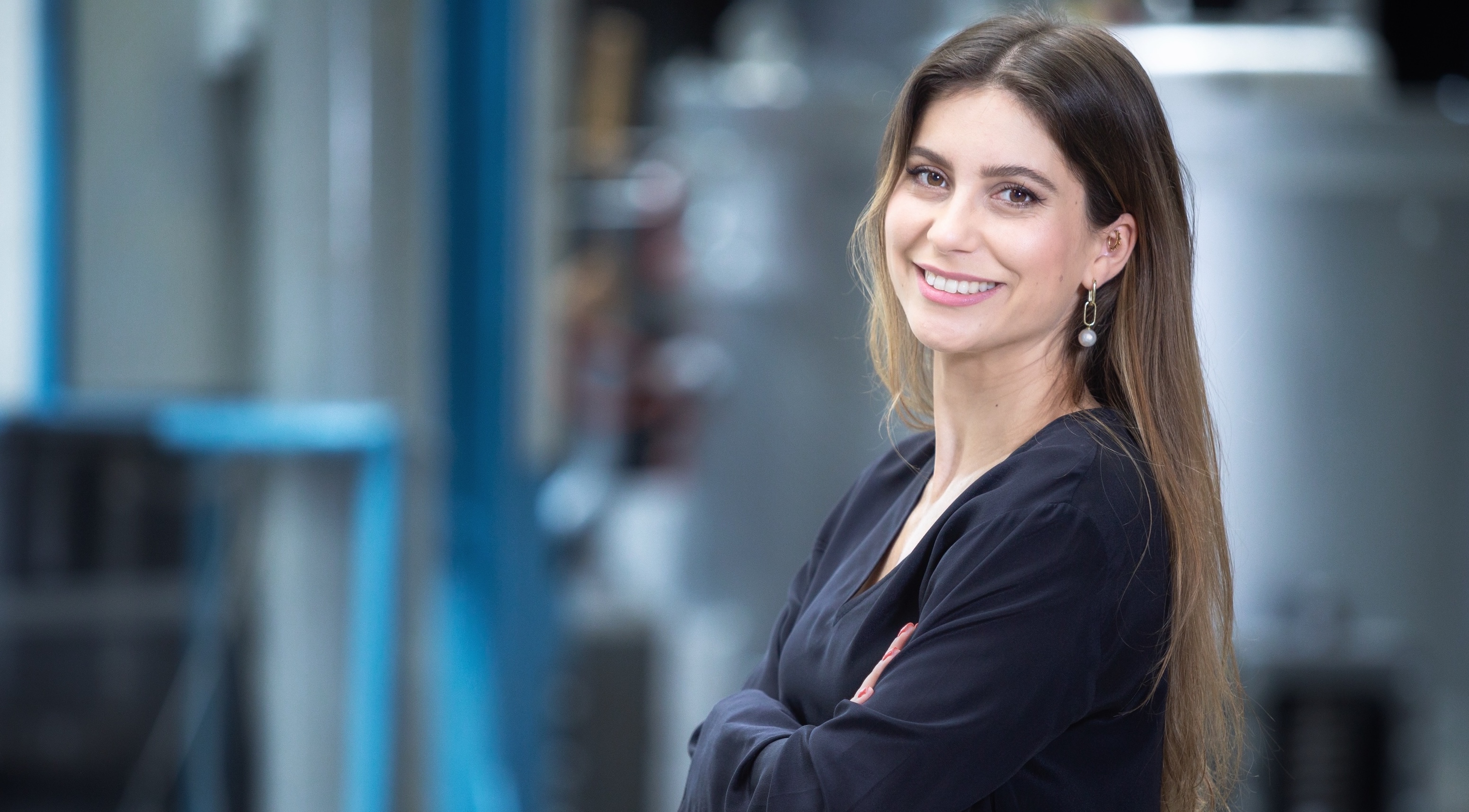
Scaling Sustainably (Beyond Growth at All Costs)
While each company experienced periods of intense growth, none advocated a “growth at all costs” mindset.
TourRadar’s post-COVID rebound required them to rebuild with sustainability in mind, ensuring the business could withstand future shocks.
Opal shifted focus from pure efficiency to building a durable company culture once initial traction was secured. As Opal’s founder, Kenneth Schlenker put it: “I had to do a big mindset shift, a switch from efficiency to company building.“I became confident enough to start investing, even without needing immediate payback.”
For Cylib, scaling physical operations meant facing the hard realities of hardware, longer timelines, greater capital needs, and a market that only rewards those who execute flawlessly. As Markus adds:
“Hardware isn’t dead. It is a market that punishes mediocrity. The founders who win here solve industrial-scale problems where physics, not just software, is the moat. Europe has an edge in this, with deep engineering talent paired with a culture of building for the long term.”
And Fertifa, operating in a sensitive sector, measured success not only in new customers but in maintaining trust with employees and HR teams, a slower growth path, but one that built a more defensible brand. One that also coincided with a recent acquisition, strengthening its offering.
As Markus also points out:
“Great timing is not just being early. It is being early with the right tailwinds. That means reading the undercurrents in infrastructure, regulation, and buyer behavior before they are visible to everyone else.”
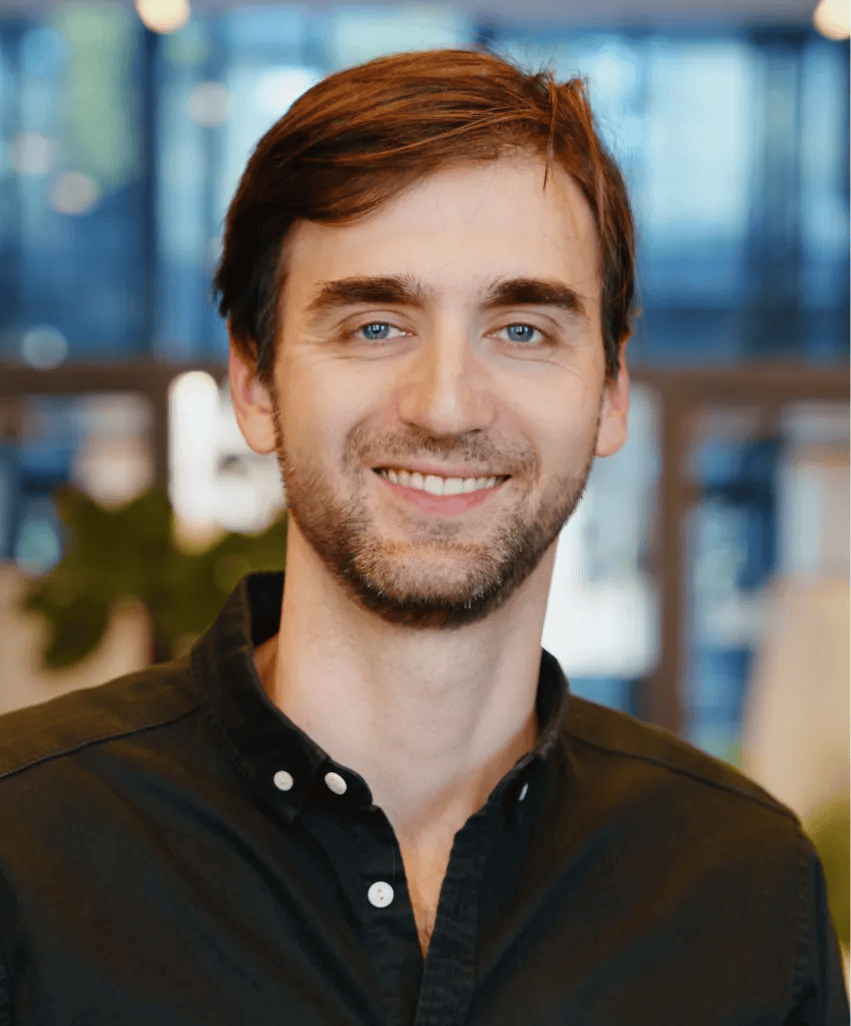
Learning lesson
Despite not all being in the same sector, market, or indeed geography, the learnings from seasoned founders and operators indicate that many of the initial hurdles to growing a business are universal.
The first six Scaling at Speed conversations have shown that while each founder’s journey is unique, the core levers for building momentum, validating the market, hiring with intent, focusing relentlessly, and scaling sustainably, remain remarkably consistent.

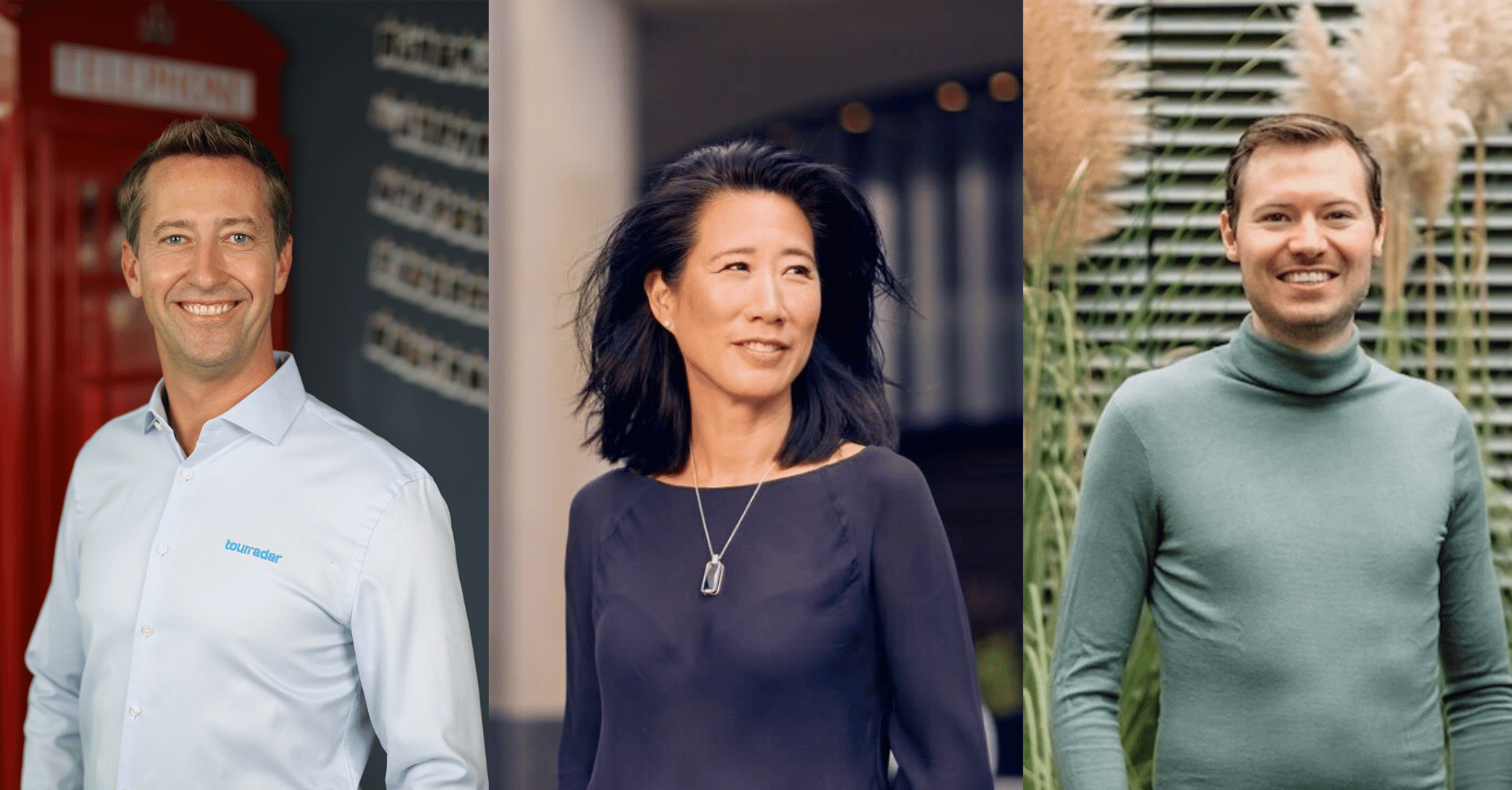






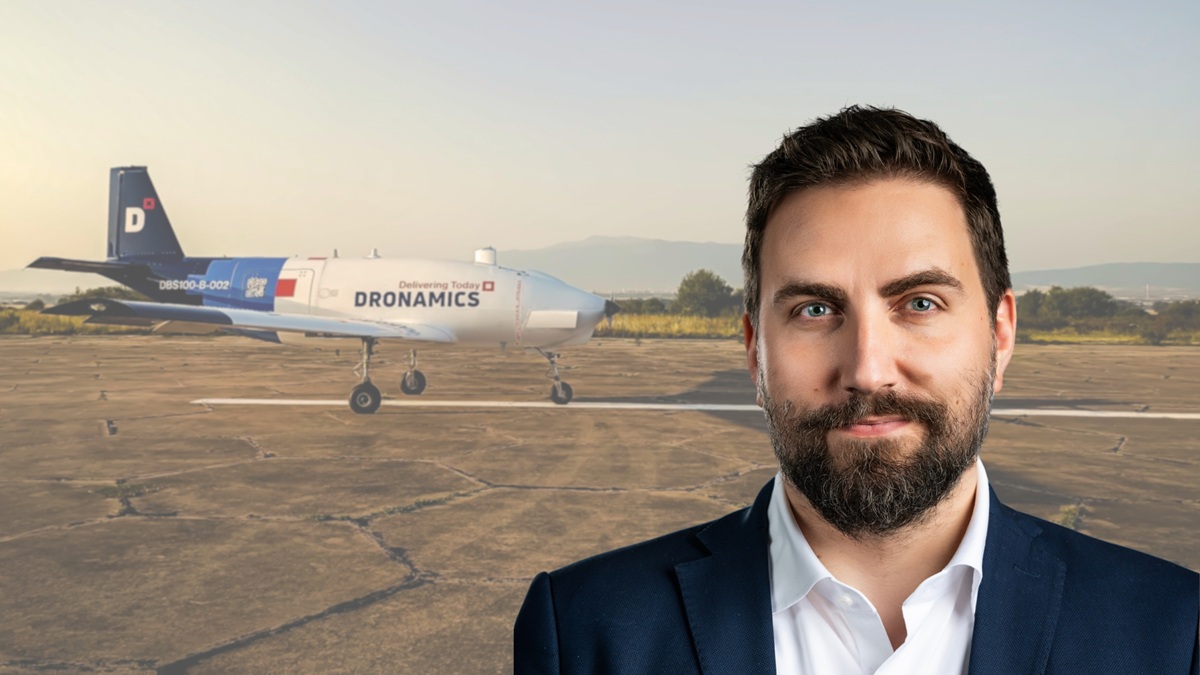




.svg)
